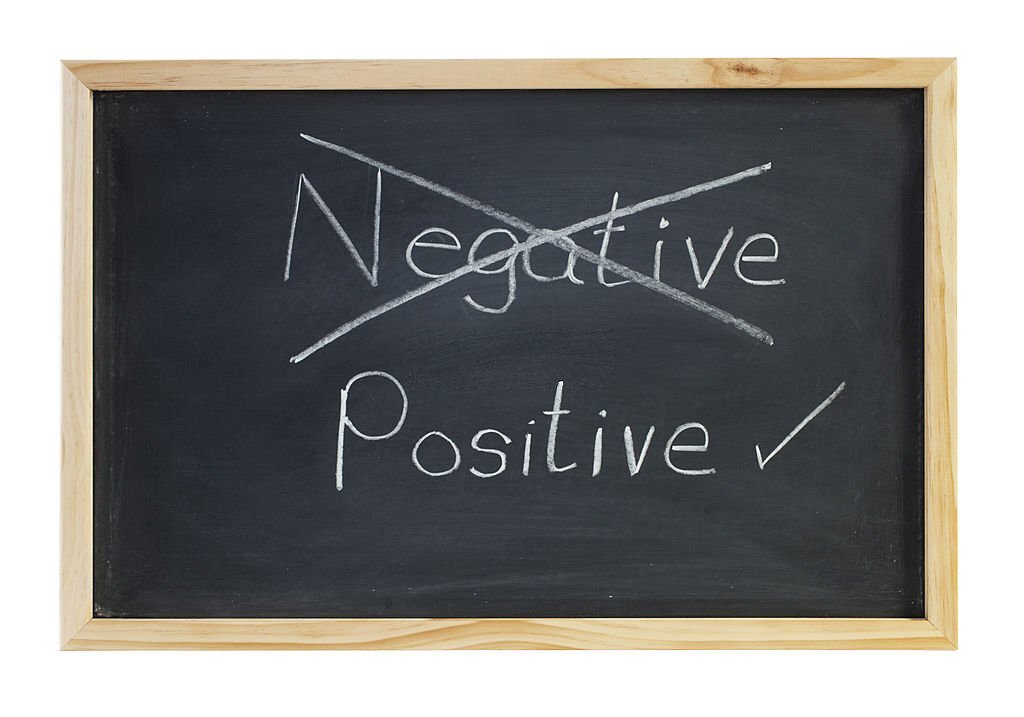Accounting
Companies Issue Unrelated News When SEC 8-K Disclosure Has Bad News, Study Finds
Companies that file a form 8-K containing negative info are 7% more likely to concurrently issue a press release with good news.
Oct. 20, 2022

In an apparent attempt to distract investors, public companies forced to disclose bad news via mandatory Securities and Exchange Commission (SEC) filings are more likely to issue a press release touting unrelated news around the time of the filing.
Caleb Rawson, an accounting researcher at the University of Arkansas, studied thousands of 8-K filings by public companies between 2005 and 2018—filings accompanied by press releases on the same day—and found that compared to companies whose filings contained positive or neutral information, companies disclosing negative information were 7% more likely to concurrently issue a press release featuring positive, unrelated news.
“We think this is an interesting result beyond the typical accounting research circles,” said Rawson, an assistant professor and author of the study. “It highlights how managers are strategic about disseminating information they want covered. They make it easier and more convenient for journalists to get the information they want them to get and thus bury bad news about their firm. They know news wires are easier to pay attention to than the sometimes tedious mining of regulatory filing databases.”

Thanks for reading CPA Practice Advisor!
Subscribe for free to get personalized daily content, newsletters, continuing education, podcasts, whitepapers and more...
Already registered? Login
Need more information? Read the FAQ's
SEC regulations mandate that public companies experiencing a “material event” must file a form 8-K on the SEC’s public filing database within a certain time period. These events include earnings announcements, changes in an executive or director, changes in auditor and issuing new debt or equity. The news can be good or bad, and firms often issue news releases explaining the event.
Rawson and his colleagues at the University of Oregon and the University of Notre Dame worked with a sample of 49,652 non-earnings-related 8-Ks and chose filings in which the companies issued a press release on the same day as the 8-K. The researchers classified the public 8-K disclosures as “good” or “bad” news and used textual analysis to identify whether the press release pertained to the same event as mentioned in the 8-K.
One-third of the filings in their sample had an accompanying press release focused on an event or news different than the underlying event that triggered the 8-K. This finding invalidates assumptions held by many stakeholders that press releases on the same day are consistently related to the same event.
The researchers also found that the use of concurrent, unrelated press releases impedes the market reaction to negative news by drawing investor attention away from the disclosure. The speed of price formation following negative 8-K news was significantly slower when the firm issued a concurrent unrelated press release. The researchers corroborated these results by showing that the 8-K itself was downloaded fewer times from the SEC’s EDGAR website.
“Collectively, our findings shed light on a previously unexplored tool managers use to exploit investors’ processing capacity,” Rawson said. “There are only so many disclosures an investor can process at the same time, and when faced with multiple disclosures, it takes longer for investors to interpret what is going on. If an investor processes a disclosure, he or she will often forego the benefit of processing another one. Our findings suggest managers know this and exploit investors’ limited processing capacity for their benefit.”
The researchers’ findings will be published in The Accounting Review.
